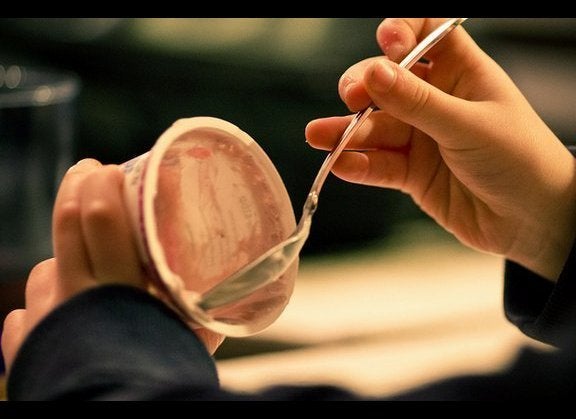
Added sugars make up 13 percent of American adults' calorie intake, according to new government data from 2005 to 2010.
According to the 2010 Dietary Guidelines for Americans, calories from sugars and solid fats should only make up 5 to 15 percent of our total calories each day.
The new Centers for Disease Control and Prevention report also shows that men consume more total calories from sugar than women, though there is not a difference between the sexes when looking at the percentage of sugar intake in total consumed calories.
Foods are the biggest source of Americans' added sugars, with 67 percent of calories from added sugars coming from food and 33 percent of calories from added sugars coming from drinks, researchers also found, and most of the added sugar calories are coming from foods eaten right in the home.
Other key points of the new report:
- African American men and women consume more calories from added sugars than white or Latino men and women.
- Americans consume more added sugars from foods at home than from out of the home.
- Consumption of added sugars goes down with age. For example, added sugars make up 14.1 percent of calories for men ages 20 to 39, and only 10.7 percent of calories for men ages 60 and older. And added sugars make up 14.5 percent of calories for women ages 20 to 39, but only 11.2 percent of calories for women ages 60 and older.
- Added sugar consumption seems to be tied to income level. For example, added sugars made up 14.1 percent of calories for men in the lowest income level in the study, compared with 11.5 percent of calories for men in the highest income level. For women, added sugars made up 15.7 percent of calories for those in the lowest income level, compared with 11.6 percent of calories for those in the highest income level.
The data from the report is based on results from the National Health and Nutrition Examination Survey, which involves dietary recall surveys of people throughout the U.S.
A recent study of added sugar consumption in kids also showed that added sugars are largely coming from foods, not drinks, in the diet. USA Today reported on the National Center for Health Statistics, which came out last year, showing that 59 percent of kids' added sugars are from foods, and that an average of 16 percent of kids' daily calories come from added sugars.
Research on added sugar is important because studies have linked it with a variety of health ills. Most recently, a study published in the journal PLoS ONE showed an association between added sugar and Type 2 diabetes rates -- even after taking into account calorie intakes and obesity levels.
